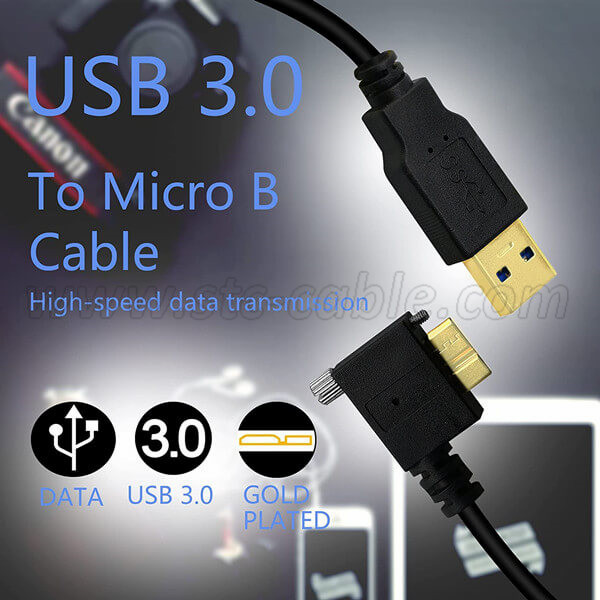How to select a Micro USB 3.0 cable for HDD?
When selecting a Micro USB 3.0 cable for an external hard drive (HDD), consider the following factors:
1. Cable Type: Ensure it’s a Micro USB 3.0 cable, which has more pins than the standard Micro USB. This allows for faster data transfer rates.
2. Length: Choose a length that suits your setup. Longer cables can add resistance and reduce performance, so aim for a length that provides flexibility without being excessively long.
3. Data Transfer Speed: Look for cables that specifically mention support for USB 3.0 speeds (up to 5 Gbps). This will ensure you get the best performance from your HDD.
4. Build Quality: Opt for cables with good build quality, such as reinforced connectors and durable materials. This increases longevity, especially if you plan to use the cable frequently.
5. Compatibility: Confirm that the cable is compatible with your specific HDD model. While most should work, some devices may have particular requirements.
6. Brand Reputation: Choose reputable brands to avoid poor-quality cables that could lead to connection issues or damage to your devices.
By keeping these factors in mind, you should be able to find a suitable Micro USB 3.0 cable for your HDD.
A Micro USB 3.0 cable is a type of cable designed for faster data transfer rates and higher power delivery than the traditional Micro USB 2.0. This cable is commonly used to connect external hard drives (HDDs), smartphones, cameras, and other devices to a computer or charger. Here are some key characteristics of a Micro USB 3.0 cable:
Key Features:
1. Connector Design:
Micro USB 3.0 Type B: The end that connects to your device (like an external HDD) has a distinctive look with two parts: one resembling the older Micro USB 2.0 and an additional section for extra pins.
2. USB 3.0 Type-A: The other end usually has a standard USB 3.0 connector (Type-A) that plugs into your computer or power source.
3. Data Transfer Speed:
It supports transfer speeds of up to 5 Gbps (Gigabits per second) in comparison to the 480 Mbps of USB 2.0.
4. Power Delivery:
Micro USB 3.0 can deliver more power, which is useful for charging external devices, especially when they require more power for operation (like external hard drives).
5. Backward Compatibility:
Even though it has more pins, Micro USB 3.0 cables are backward compatible with USB 2.0 ports, though at reduced speed and power levels.
Uses:
External Hard Drives (HDDs): Most commonly used to connect portable HDDs to a PC for faster data transfer.
High-End Smartphones (older models) and cameras.
How to Identify:
The Micro USB 3.0 connector has a wider, dual-part design compared to the slimmer Micro USB 2.0.
Look for cables specifically labeled as "USB 3.0" or "SuperSpeed" to ensure it's the right one for your high-speed data transfer needs.
Would you like help finding specific models or brands, or do you have a specific device in mind for the cable?
Send your message to us:
Post time: Sep-24-2024
